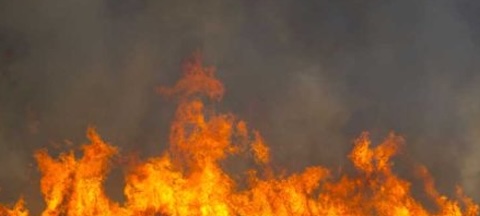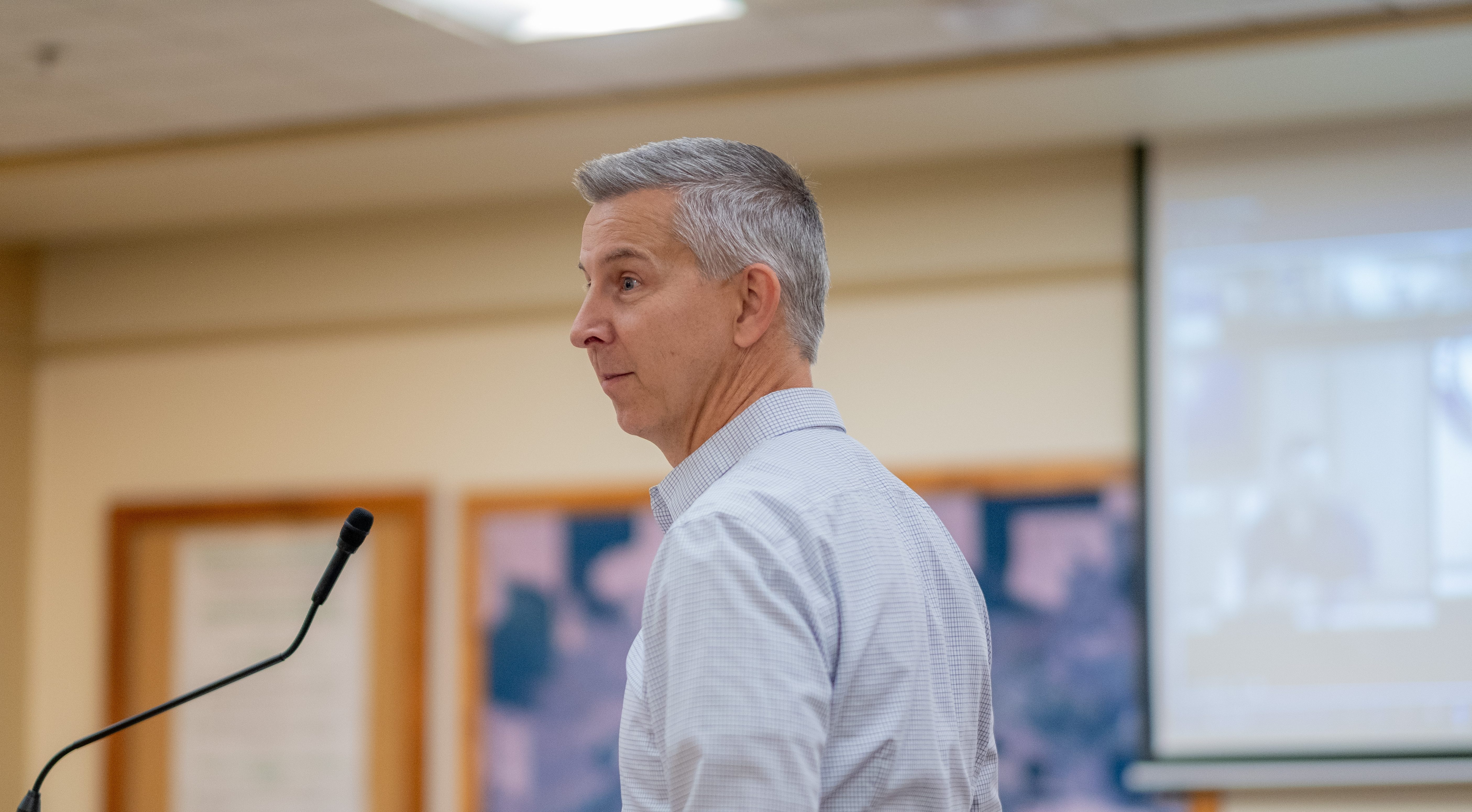White House study of lower Snake River dams raises farmers’ questions
Published 12:00 pm Monday, April 18, 2022

- The Lower Granite Dam on the Snake River near Pomeroy, Washington, is one of four dams on the lower Snake River. The White House Council on Environmental Quality announced on March 28, 2022, it is studying the proposal to breach the four lower Snake River dams.
WASHINGTON — The White House Council on Environmental Quality says in a post on its website that it is studying the fate of four lower Snake River dams — and the rest of the Columbia Basin.
In the March 28 post, the council outlined its efforts to study breaching the dams, including a March 21 “Nation to Nation” meeting between federal agencies and leaders of the tribes of the Columbia River Basin.
Trending
“We heard calls to support breaching the four dams on the lower Snake River to restore a more natural flow, also about the need to replace the services provided by those dams, and recognition that such a step would require congressional action,” the blog post reads. “We were asked to consider the Basin holistically because of its inherent interconnectedness.”
A representative of the council declined to comment.
According to the blog, the council last fall convened leaders from the Bureau of Indian Affairs, Bureau of Reclamation, U.S. Fish and Wildlife Service, the National Oceanic and Atmospheric Administration, Army Corps of Engineers and the Bonneville Power Administration.
The group will “build on existing analyses to identify a durable path forward that ensures a clean energy future, supports local and regional economies and restores ecosystem function, while honoring longstanding commitments to Tribal Nations,” the blog states.
“We cannot continue business as usual. Doing the right thing for salmon, Tribal Nations and communities can bring us together. It is time for effective, creative solutions,” the blog states.
The administration is contacting stakeholders to get more information to understand the system and process, said Michelle Hennings, executive director of the Washington Association of Wheat Growers.
Trending
“We continue to be engaged with the administration at CEQ,” Hennings said. “Looking at the blog, we would have liked to see more focus on the impact this would have had on farmers across the country.”
It’s important for farmers to remain fully engaged in educating the decision-makers, Hennings said.
“We have to keep in mind that farmers are facing significant disruptions already, including drought, input costs, the supply chain and rail reliability,” she said. “This would just cause another major disruption in our transportation system, which would be very harmful to the wheat farmer.”
The Biden administration is focused on infrastructure, Hennings said.
“We appreciate that they have reached out to stakeholders to have discussions to better understand what’s happening,” she said.
“There are a lot of unknowns about this CEQ process but Farm Bureau is keeping an eye on this process,” said Sean Ellis, spokesman for the Idaho Farm Bureau. “CEQ is one of several conversations taking place right now on this issue and we’re continuing to watch all of these processes. We continue to monitor the situation with the lower Snake River dams and will respond as necessary.”
Farmers support salmon recovery, but want a solution that will benefit all stakeholders instead of harming one more than others, Hennings said.
The wheat industry is concerned, but there are members of Congress who understand the importance of the dams, Hennings said.
“One of the cleanest modes of transportation is barging, not putting 150,000 trucks back on the road,” she said.
Glen Squires, CEO of the Washington Grain Commission, questioned the continued focus on removal of the four Snake River dams, long a target of environmental groups. He noted that the federal government recently conducted a four-year study of the Columbia-Snake River operating system, in addition to a state and federal assessment from Washington Sen. Patty Murray and Gov. Jay Inslee.
“I think there’s some questions about, what is this that CEQ is now doing?” he said. “Is it information, data, is there science, are they just getting everybody’s opinions?”
Squires wonders if efforts could ultimately go beyond the four dams.
The blog discusses introducing salmon into blocked areas.
“We don’t know if that means installing fish ladders, which the Snake River already has fish ladders, or if that implies taking out all the other dams for reintroduction,” he said.
Idaho Farm Bureau will continue to support its members’ position in support of those lower Snake River dams, as well as all dams, Ellis said.
Blog:
To contact the Council on Environmental Quality about the Snake River dams:









